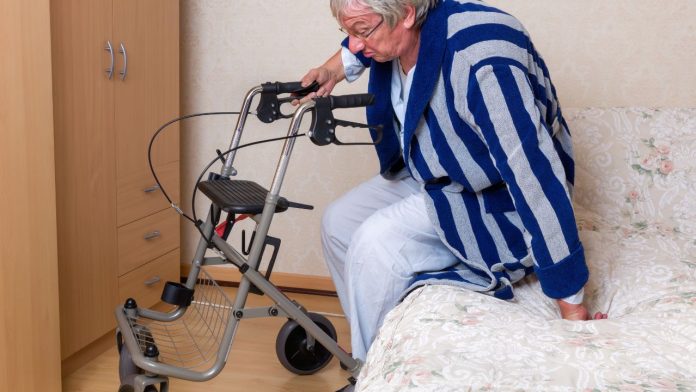For anyone who has watched a parent, grandparent, or friend gradually lose confidence while walking, a rollator can feel like a small miracle. It’s such a simple device on the surface—just a frame with wheels—but in everyday life it can make the difference between staying home out of fear and stepping outside with ease. Today’s rollators are not the clunky metal walkers many people remember from years ago. They have become lightweight, stylish, and thoughtfully engineered tools that help people stay independent longer, and the range of options available through shops like MediSanShop shows just how far these aids have come.
What makes a rollator so valuable is not only physical support but emotional reassurance. Many older adults describe the moment they begin using one as the moment they “get their life back.” Instead of worrying about tripping, losing balance, or not being able to stand in a queue at the bakery, they suddenly have a companion that steadies them, gives them a place to rest, and helps them walk at their own rhythm. I’ve seen this transformation in several family members—people who once limited themselves to short indoor movements suddenly rediscover the joy of walking outside.
Choosing the Right Rollator for Everyday Life
Selecting a suitable rollator requires more thought than most people expect. Some models are designed specifically for indoor use, built slimmer and lighter for navigating narrow hallways and small kitchens. Others are made for outdoor mobility, offering larger wheels that roll smoothly over uneven ground, from cobblestones to park paths. Weight also plays a role: someone who regularly travels by car will appreciate an ultra-light carbon model, while others prefer the secure, grounded feel of a sturdier aluminum frame. Browsing the variety of modern rollators available online quickly shows how differently these aids can support individual lifestyles.
One of the most underestimated features is proper height adjustment. It sounds minor, but it influences comfort dramatically. Handles that are too low make the user lean forward, which strains the back and reduces stability. If the handles are too high, the shoulders tense up. Ideally, the arms should rest comfortably with a slight bend. I’ve watched loved ones feel instantly safer and more relaxed simply by adjusting the height correctly.
Braking systems are another detail worth attention. Reliable brakes aren’t just for stopping—they help maintain control on slopes and ensure stability when the user wants to sit down on the integrated seat. Many seniors cherish these brief resting moments, whether during a quiet stroll or while waiting for transportation.
Everyday Tips That Make a Rollator Feel Natural
Once someone becomes comfortable with their rollator, it blends into daily life almost seamlessly. Keeping the wheels clean helps prevent slipping on smooth indoor surfaces. Using built-in bags or baskets instead of hanging heavy items on the handles maintains balance and prevents the rollator from tipping forward. Over time, the rollator becomes less of a “device” and more of a trusted companion—something that supports movement without drawing attention.
Confidence builds gradually. Someone who once hesitated to leave the house begins taking regular walks again. Errands become less stressful. Social contact increases. This emotional transformation is one of the most beautiful things to witness, because it proves that independence can be protected even when mobility changes.
When a Rollator Isn’t Enough: Expanding Mobility Options
There may come a point where even the best rollator doesn’t provide enough range for long distances or rough terrain. In these cases, transitioning to a more advanced mobility aid can bring a new level of freedom. Many people combine their rollator with a compact electric mobility scooter, especially if they want to continue enjoying outdoor activities or visiting friends independently. Modern electric mobility solutions allow users to travel comfortably across greater distances without physical strain, complementing the rollator rather than replacing it.
A rollator often becomes the stepping stone to broader mobility possibilities. Together, these tools give people both the flexibility for short indoor trips and the freedom to enjoy longer outdoor adventures.
Conclusion: A Rollator Is More Than a Walking Aid
What stands out most when observing someone who begins using a rollator is how quickly their emotional state shifts. Walking becomes enjoyable again, daily routines feel manageable, and the fear of falling fades into the background. A rollator is not a symbol of weakness—it’s a bridge back to independence, dignity, and a life lived on one’s own terms.
With thoughtful selection and a bit of practice, people of all ages can benefit enormously from these modern mobility aids. And with the right support, the simple act of walking can once again become a source of joy.








